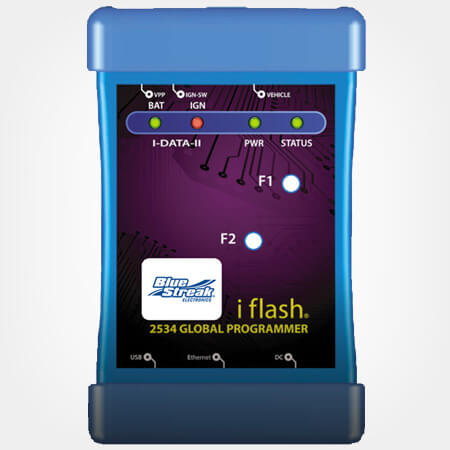

Bulkowski says this choice was made when the founders noted that data too large or too expensive to fit in RAM is well suited for Flash.Īlthough it can run simply with RAM backed by rotational disks, Aerospike stores indexes in RAM and the rest of the data in Flash. The overhead of writing data in the “right” spot may override the trivial overhead of doing multiple reads when Flash makes throughput so high.Īerospike is the first database product designed from the beginning with Flash in mind. But it isn’t crucial to strive for locality of data. Locality, as we’ve seen, can affect the speed of reads. Several of the products I researched replace the file system with their own storage algorithms, as many relational databases have also done. But as data sets grow, memory has become too expensive, and Flash arises as an attractive alternative. Ideally, for performance, an application would run all in memory, and several database solutions were created as in-memory solutions (VoltDB, Oracle Times Ten, and the original version of MySQL Cluster known as NDB Cluster, come to mind). This rewards database designs that can use multiple threads and cores, and split up workloads into many independent reads or writes.Īt the risk of oversimplifying, you could think of Flash as combining the convenient random access of main memory with the size and durability of disk, having access speeds between the two.

Parallelism Flash drives offer multiple controllers (originally nine, and now usually more), or single higher-performance controllers. Like CPU speeds, however, Flash seems to have reached its limit in latency and is not improving. As pointed out by Slava Akhmechetat, CEO of RethinkDB, Flash is at least a hundred times faster than disks, which tend more toward 5-50 milliseconds per read. Latency According to David Rosenthal, CEO of FoundationDB, read latency is usually around 50 to 100 microseconds. And throughput continues to improve as density is improving, according to Aerospike CTO Brian Bulkowski, because there are more blocks per chip at higher densities, leading to higher throughput. Many tools take advantage of this advantage - two orders of magnitude better than disks, or more. Throughput Raw throughput of hundreds of thousands of reads or writes per second has been recorded. However, one has to read a whole block at a time, so applications may still benefit from locality of reference because a read that is close to an earlier read may be satisfied by main memory or the cache.

The characteristics I talked to the database experts about included: Random reads Like main memory, but unlike traditional disks, Flash serves up data equally fast, no matter how much physical distance lies between the reads. Furthermore, discussions of speed should be divided into throughput and latency, as with networks. We all know a few special traits of Flash - that it is fast, that its blocks wear out after a certain number of writes - but its details can have a profound effect on the performance of databases and applications. Key characteristics of Flash that influence databases But this article is not a description of any database product, much less a comparison - it is an exploration of Flash and its impact on databases. It’s worth noting that most of the products discussed here would fit roughly into the category known as NoSQL, but that Tokutek’s storage engine runs on MySQL, MariaDB, and Percona Server, as well as MongoDB the RethinkDB engine was originally developed for MySQL and many of the tools I cover support various features, such as transactions that are commonly associated with relational databases.
IFLASH DATABASE TRIAL
Get a free trial today and find answers on the fly, or master something new and useful. Join the O'Reilly online learning platform. The various ways these companies have responded to its promise in their database designs are instructive to readers designing applications and looking for the best storage solutions. For this article, I asked several database experts - including representatives of Aerospike, Cassandra, FoundationDB, RethinkDB, and Tokutek - how Flash changes the design of storage engines for databases. Certainly, a database administrator can speed up old databases just by swapping out disk drives and inserting Flash, but doing so captures just a sliver of the potential performance improvement promised by Flash. Most still depend on internal data structures and storage management fine-tuned for spinning disks.Ĭiting price and performance, one author advised a wide range of database vendors to move to Flash. But databases have just started to catch up during the past few years. Over the past decade, SSD drives (popularly known as Flash) have radically changed computing at both the consumer level - where USB sticks have effectively replaced CDs for transporting files - and the server level, where it offers a price/performance ratio radically different from both RAM and disk drives.


 0 kommentar(er)
0 kommentar(er)
